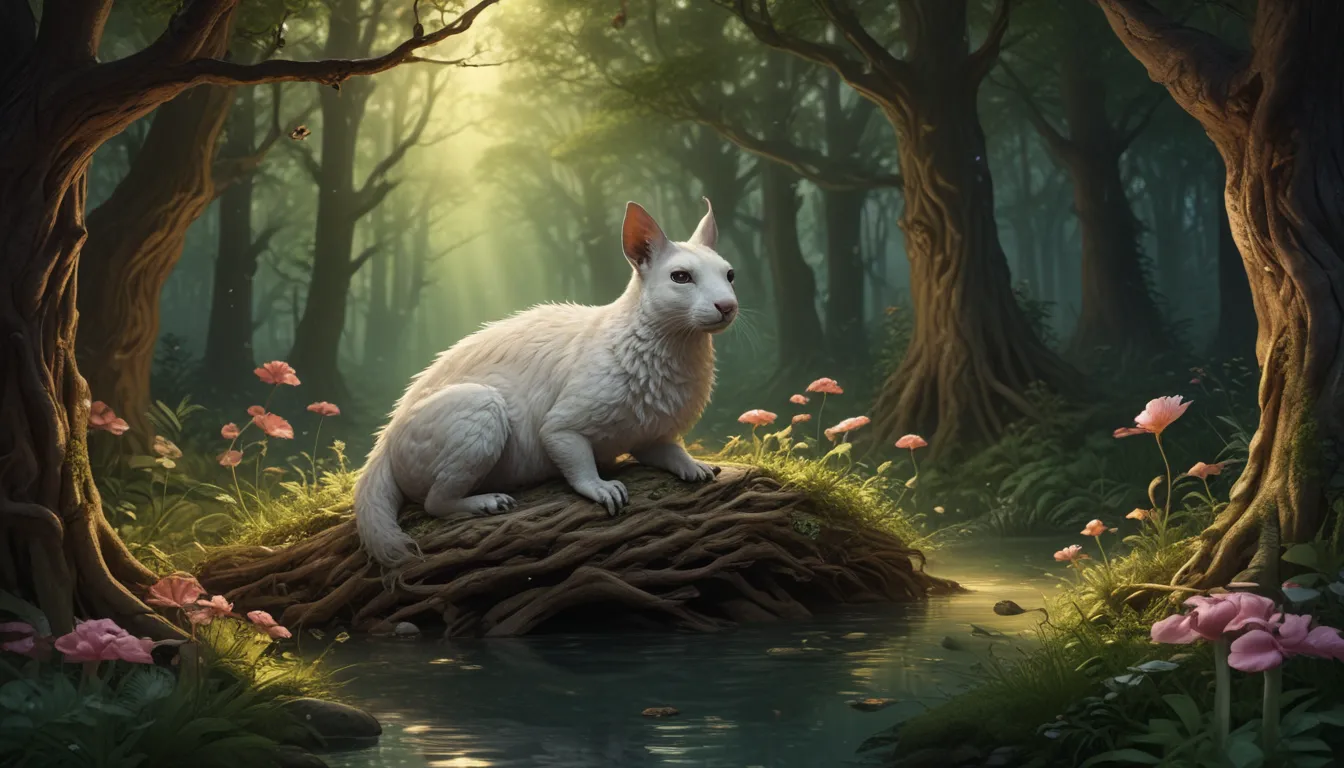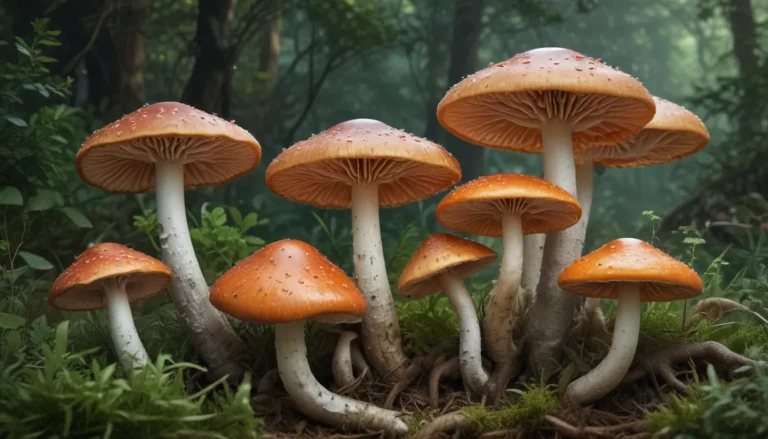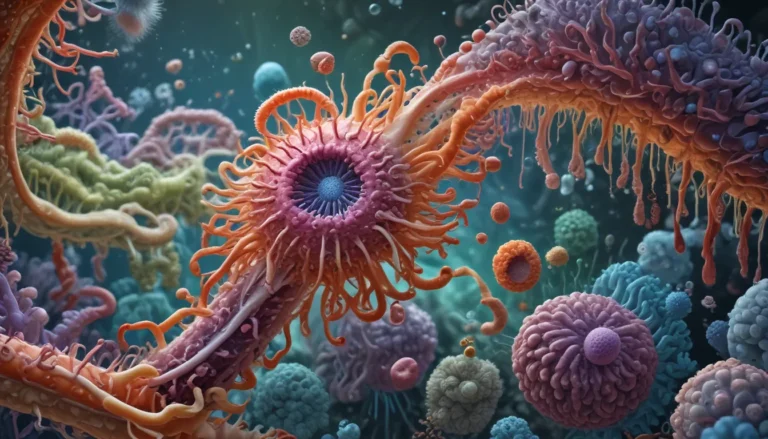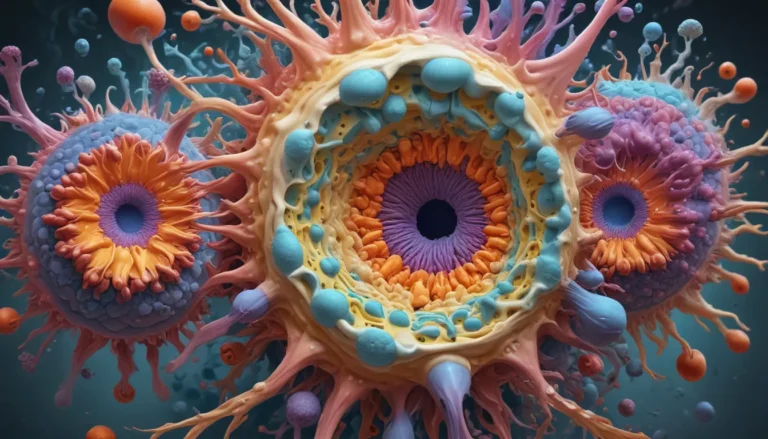A Note About Images: The images used in our articles are for illustration purposes only and may not exactly match the content. They are meant to engage readers, but the text should be relied upon for accurate information.
Symbiosis, the intricate relationship between different species, is a captivating natural phenomenon that bridges the gap between organisms in various ecosystems. From the depths of the ocean to the lush forests on land, symbiotic interactions play a vital role in enhancing ecological communities and ensuring survival. In this article, we will embark on a journey to explore 16 enigmatic facts about symbiosis, unveiling the marvels of coexistence and interdependence in the biological realm.
Understanding the Essence of Symbiosis
Symbiosis is a fascinating phenomenon observed in nature, where two organisms of different species form a close and long-term relationship. This interaction results in a mutually beneficial partnership, where both species rely on each other for survival, creating a harmonious and interconnected ecosystem.
Delving into Different Types of Symbiotic Relationships
There are three main types of symbiotic relationships that exist in nature:
– Mutualism: In mutualism, both organisms benefit from the interaction, such as the relationship between clownfish and sea anemones.
– Commensalism: One organism benefits while the other is unaffected, as seen in the interaction between cleaner fish and marine species.
– Parasitism: In parasitism, one organism benefits at the expense of the other, like the actions of parasitic wasps injecting their eggs into other insects.
Exploring Classic Examples of Mutualistic Symbiosis
Lichens serve as a classic example of mutualistic symbiosis, where fungi and algae or cyanobacteria join forces. The fungi provide a protective environment for the photosynthetic partners, while the photosynthetic partners supply nutrients to the fungi, allowing lichens to thrive in diverse environments.
Diving into the Depths of Marine Mutualism
Clownfish and sea anemones showcase a mutualistic relationship in the ocean. Clownfish seek shelter within the tentacles of sea anemones, providing protection from predators, while attracting prey for the anemone. This symbiotic partnership highlights the interdependence between species in maintaining a balanced marine ecosystem.
Witnessing Mutualism in Terrestrial Ecosystems
Acacia trees and ants form a fascinating example of mutualism on land. Acacia trees provide shelter and food to ants through specialized structures called “domatia,” while the ants defend the tree against herbivores and competing plants. This symbiotic relationship enables both the trees and ants to thrive in their respective habitats.
Unraveling the Mysteries of Commensal Relationships
Remora fish engage in a commensal relationship with sharks, benefitting from the shark’s movement and gaining access to abundant food. While the sharks are unaffected by the presence of remora fish, the fish travel effortlessly and scavenge for food, showcasing a unique form of symbiotic interaction in the marine world.
Experiencing the Intricacies of Parasitism
Parasitic wasps practice parasitism by injecting their eggs into the bodies of other insects. Once the eggs hatch, the wasp larvae feed on the host, ultimately leading to its demise. This interaction allows the parasitic wasps to reproduce and continue their life cycle, while negatively impacting the host organism.
Symbiosis in the Human Body
Symbiotic relationships extend beyond the realm of plants and animals, encompassing the human body as well. The human gut microbiota is a prime example of symbiosis, where billions of microbes coexist in the digestive system, aiding in digestion, metabolism, and immune system regulation.
Unveiling the Complexities of Fungal Associations
Mycorrhizal fungi establish a symbiotic association with plant roots, aiding in nutrient absorption, water uptake, and disease protection. In return, plants provide carbohydrates to the fungi through photosynthesis, highlighting the essential role of symbiosis in the growth and survival of plant species.
Embracing the Diversity of Symbiosis in Nature
The intricate web of symbiotic relationships plays a crucial role in ecological stability and biodiversity, enhancing nutrient cycling, energy flow, and maintaining a delicate balance in ecosystems. These relationships promote coexistence and interdependence among species, contributing to the resilience of our planet’s ecosystem.
The Impact of Human Activities on Symbiosis
Despite the intrinsic value of symbiotic relationships, human activities and environmental changes pose a threat to these delicate partnerships. Habitat destruction, pollution, and climate change have the potential to disrupt the balance between species, unraveling the intricate web of symbiosis and jeopardizing ecosystem stability.
Continuing the Exploration of Symbiosis
The study of symbiosis remains a fascinating field of research, uncovering new insights into the myriad interactions between organisms. From microscopic associations to complex ecological webs, understanding symbiotic relationships provides valuable knowledge about the interconnectedness of life on Earth.
Conclusion: Embracing the Enigma of Symbiosis
In conclusion, symbiosis emerges as a captivating phenomenon that highlights the interconnectedness and interdependence between different organisms. These 16 enigmatic facts about symbiosis offer a glimpse into the diverse and intricate relationships that shape the natural world, underscoring the importance of symbiotic interactions in sustaining ecological balance and promoting species survival.
FAQs
-
What is symbiosis?
Symbiosis is a close and long-term interaction between two different species, where both species benefit, or at least one benefits without any harm to the other. -
What are the different types of symbiotic relationships?
There are three main types of symbiosis: mutualism, commensalism, and parasitism, each showcasing unique interactions between species. -
Can symbiotic relationships be found in both plants and animals?
Yes, symbiotic relationships are prevalent in both plants and animals, demonstrating the versatility and complexity of symbiotic interactions. -
How do organisms benefit from symbiotic relationships?
Organisms benefit from symbiotic relationships through various means, including nutrient exchange, protection, transportation, and enhanced reproductive success, contributing to their overall fitness and survival. -
Can symbiosis occur between more than two species?
Yes, symbiosis can occur between multiple species in complex interactions known as multipartite or multilateral symbiosis, highlighting the intricate dependencies among organisms.
As we continue to uncover the secrets of symbiosis, we embark on a journey of discovery that unravels the enigmatic workings of the natural world, reminding us of the beauty and interconnectedness that define our planet.






